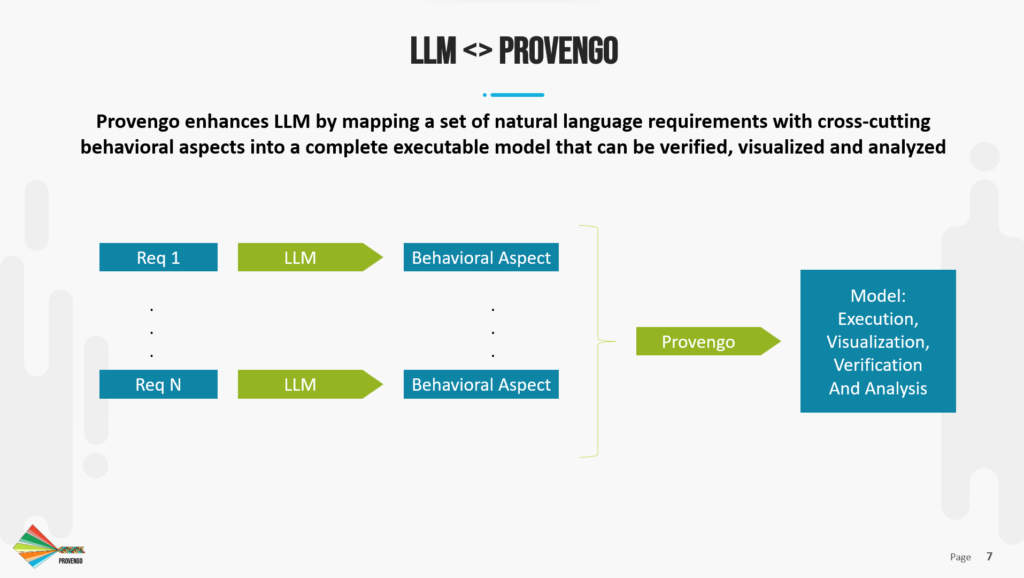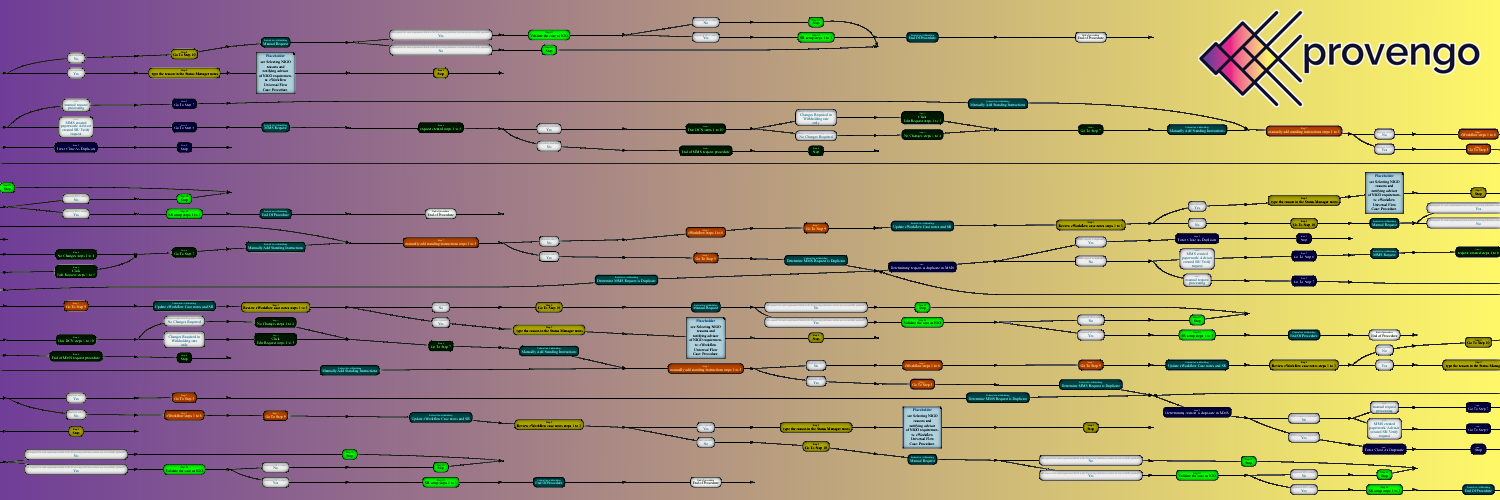What if LLM could build a complete executable test plan? Large Language Models (LLMs) have significantly advanced human language comprehension and code generation. Provengo steps in to create an LLM Spec-to-Test vertical – we map and convert system requirements, cross-cutting behavior aspects, high complexity, and large volume, all expressed in plain language – into executable test plans: optimized, prioritized, verified and visualized, for complete applications.
Elevating GenAI Coding Aids Capabilities:
Provengo seamlessly integrates with generative AI coding tools such as GitHub Copilot, Tabnine, Amazon’s CodeWhisperer and such, revolutionizing the automation of comprehensive test suites that cover all specified requirements. Provengo’s novel approach automates test generation from models, utilizing JavaScript snippets, diagrammatic and tabular languages as components.
Consider an interface for a shopping cart. It may contain a component showing whether a checkout is possible or not, based on the total cost of the items in the cart. Another component may allow adding and removing items from that cart. On their own, tools such as Copilot and Tabnine excel at translating specifications for each component into code, but struggle when required to generate the code for the interactions between these two components.
However,when generating Provengo specification code, GenAI tools can create this code. This is because Provengo relies on a unique modeling paradigm that can describe both component behaviors and cross-cutting concerns easily and accurately.
In a conducted experiment, we compared the effectiveness of LLMs in generating component-based code versus standard code. The results demonstrated a significant advantage for component-based code generation, solidifying GitHub Copilot and Provengo as a powerful tool for automated code and test generation.

In conclusion, the Provengo tool can be integrated to various generative AI coding tools, and the integration of Provengo and GitHub Copilot represents a significant step forward in the development of complex software systems derived from natural language specifications. By harnessing the strengths of both tools, developers gain access to unprecedented code generation efficiency, bringing us closer to a future where software development seamlessly aligns with natural language
__
>> To continue the discussion, join our Discord Community- HERE



